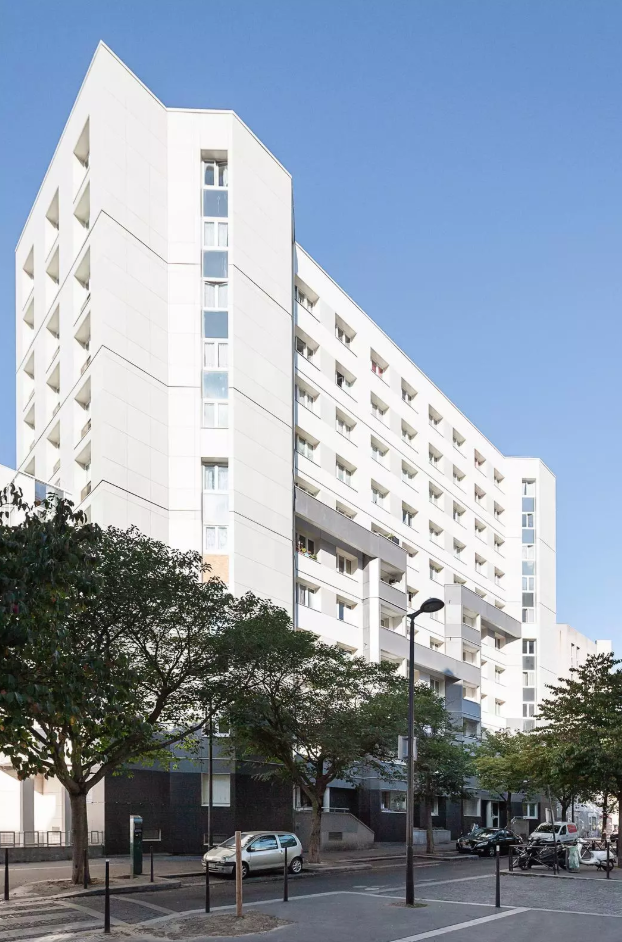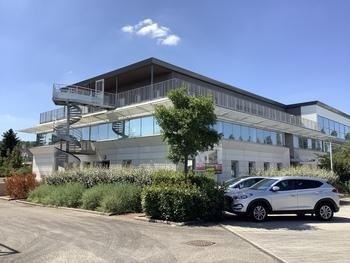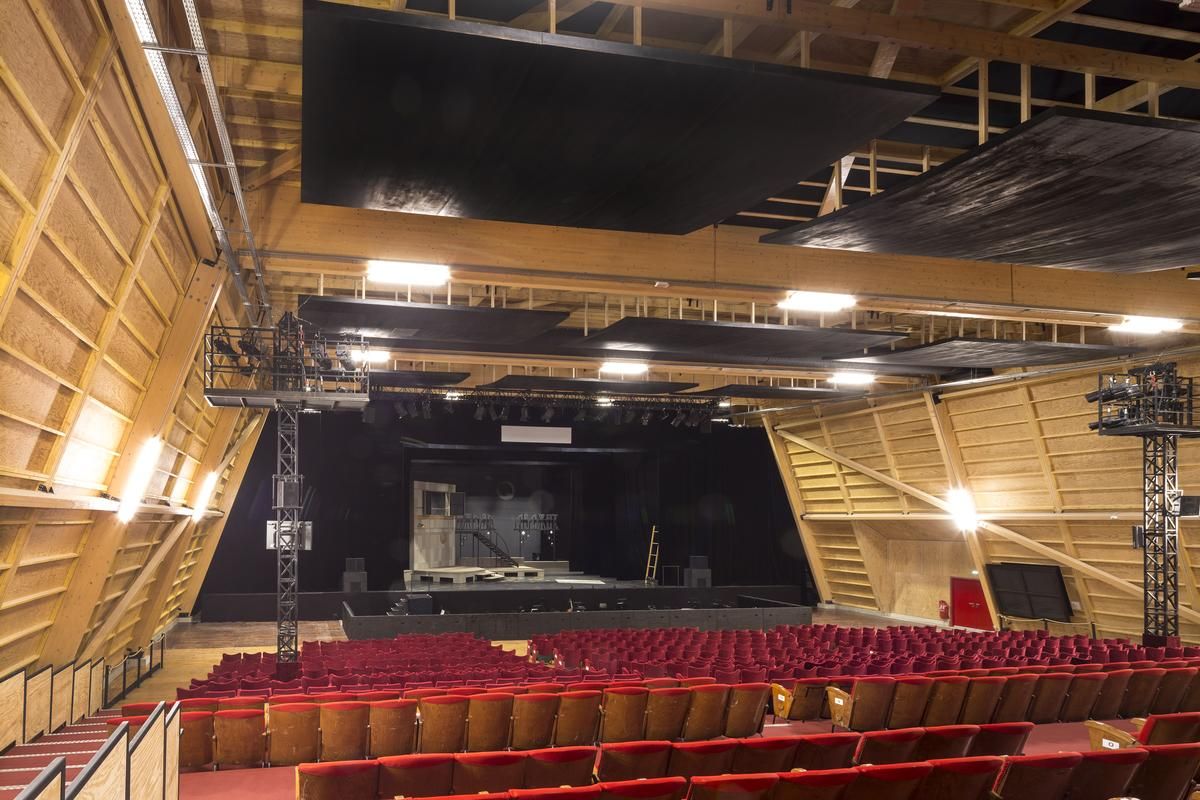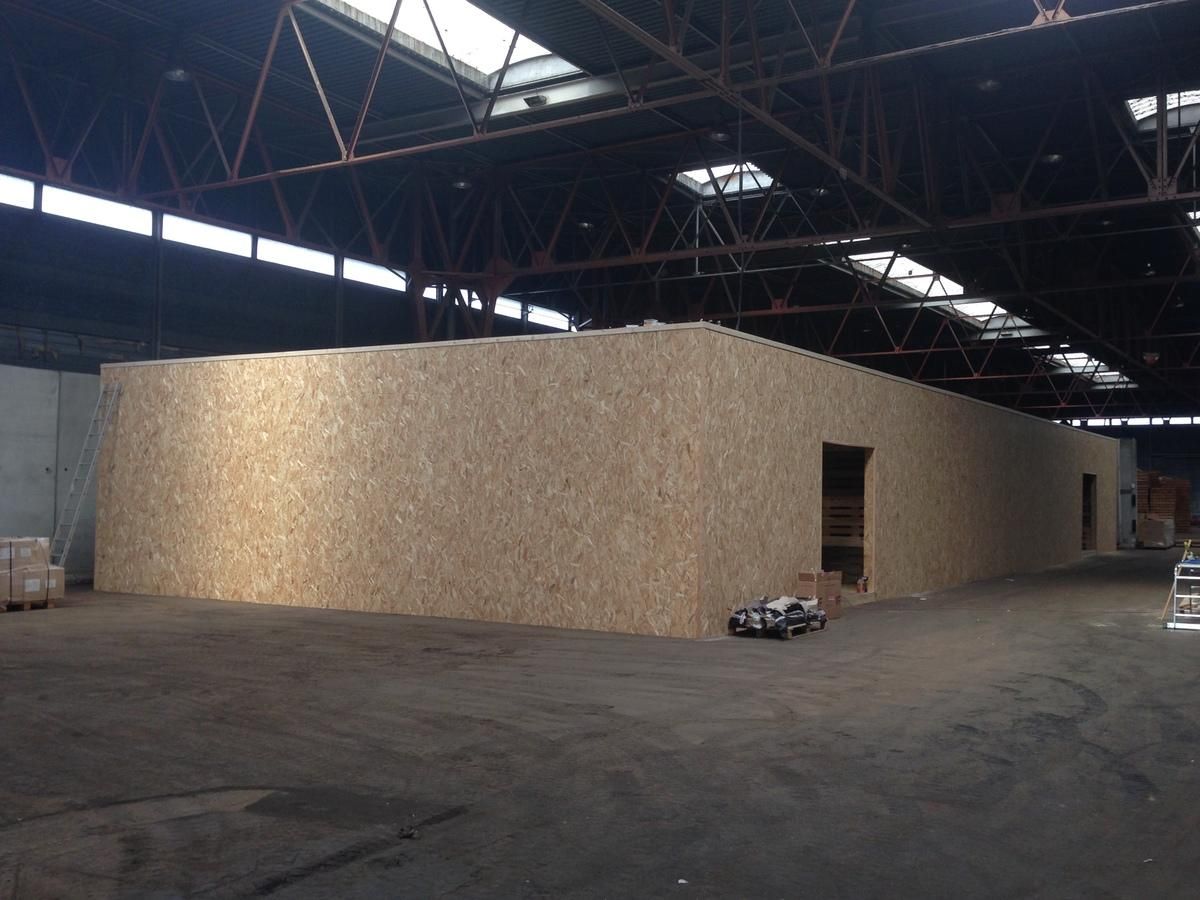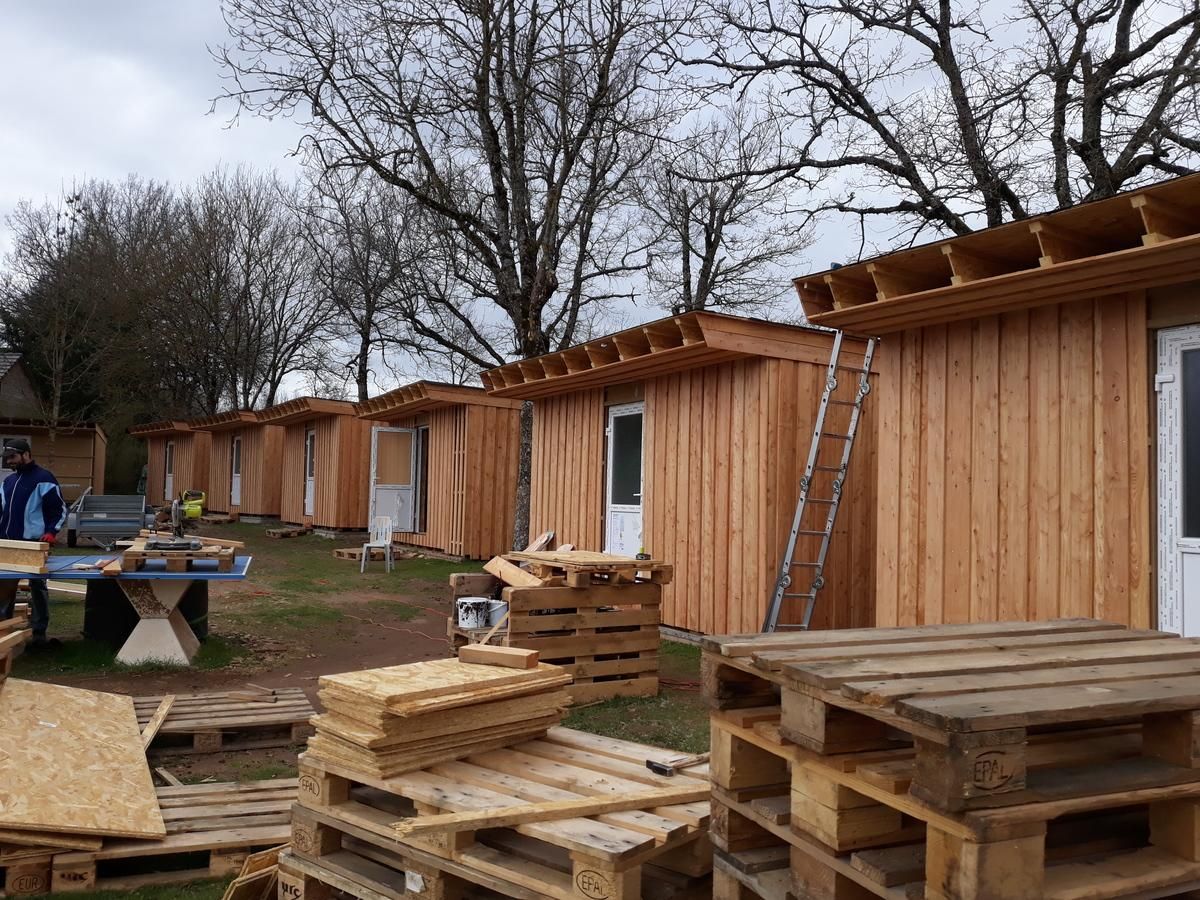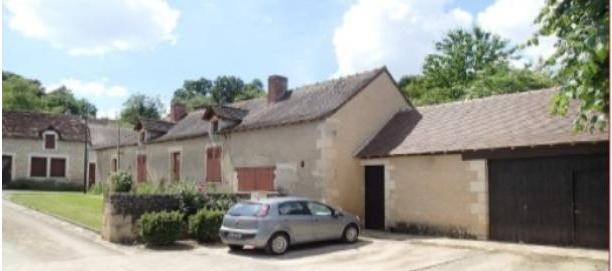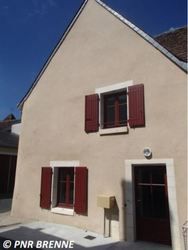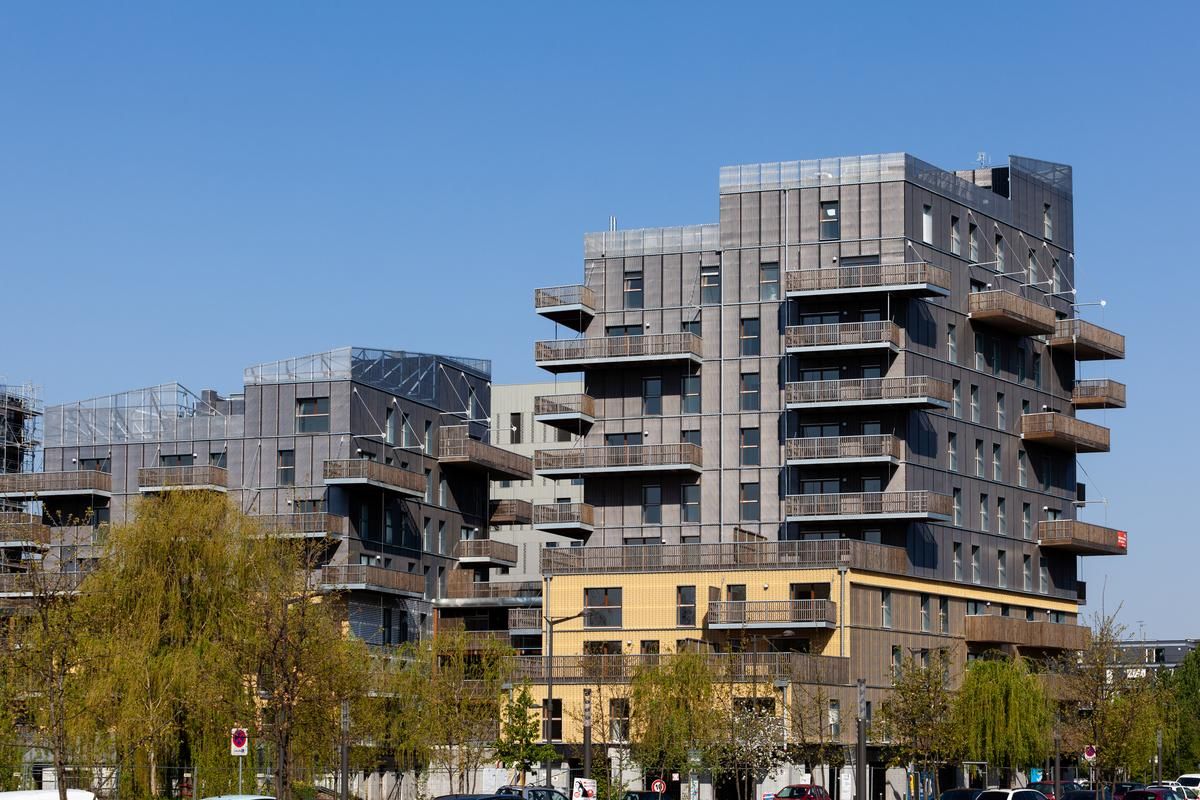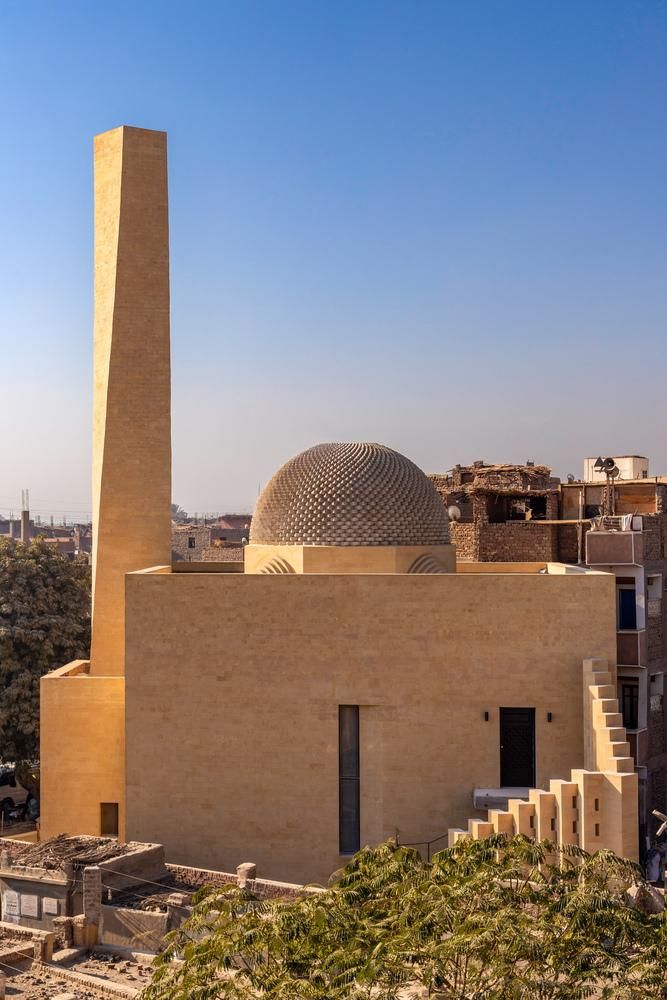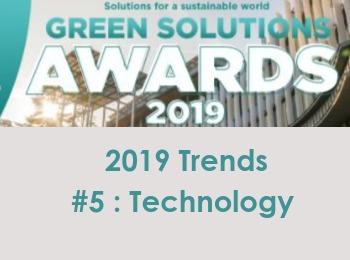GSA 2019 Trends #4 - Reducing the carbon footprint
Construction21 - La rédaction
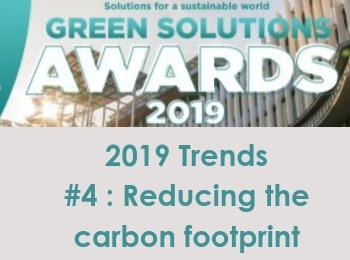
One of the aspects that we will venture to describe as positive in these Green Solutions Awards is the consideration of the carbon footprint. Few buildings, of course, offer a formal life cycle analysis (which is a matter of debate), but the reflection is there and serious. We also notice a real analysis of the use of bio-sourced materials after a few years of (re)discovery. There is still an E+C- still too abstract despite a close deadline.
4.1. Reuse, recycle, renovate, change-of-use
Reuse, recycle, renovate, change-of-use, all words that are part of this year's case studies. Reducing the carbon footprint starts with the existing and emblematic reuse, recycling and reuse projects such as Les Fuschias Residence, which is a striking example. Among the concerns, we can also think of the notion of rebuilding the city within the city with projects of extension on the ground or on the roofs and heavy renovation.
In addition, reuse projects have emerged, whether at the level of the building itself, as in the case of the Opéra Confluence d'Avignon or the reuse of the material. Projects such as the Vanilla hangar or the eightfold Pont de Salars are built from discarded wooden pallets.
4.2. Biosourced materials
This trend is not new, it is part of a dynamic already in place. However, the use of biosourced materials is becoming more and more popular. In the absence of real sectors, they can be found in all types of buildings. Presented this year for the first time in the French edition of the Green Solutions Awards, but already tangible in the region, the development of rural biosourced projects is on the rise. These are carried out by the project owner, the project manager or constructors' associations. Biosourced materials then join the social debates on the circular economy and short circuits.
In Germany, a historically pioneering country in this field, biosourced has definitely spread to major urban centres, as illustrated by the Newtonprojekt Haus 1 built in Berlin.
4.3 Low-carbon material
Low-carbon or recycled concrete is nowadays an obvious choice in French sustainable projects that use this method of construction. The same is true for wood, for which process industrialisation already exists, but is being adopted by the major construction groups on a forced march. Bouygues is a good illustration of this with the Sensation project, the tallest current wooden building in France. The very wooden vision of the city of Paris and the body in charge of building the infrastructure for the 2024 Paris Olympic Games are certainly not unrelated to this.
Moreover, in more traditional constructions, particularly in hot climates, the dynamic is to improve the processing of concrete by reducing its thickness when it is possible to do so.
In Africa, raw earth is making its comeback in Mali, Senegal, but also in Egypt with the Basuna Mosque. This material is a delight for builders in both urban and rural areas and can be adapted to ambitious projects or to one of the continent's recurring problems: the rapid and economical construction of housing.




